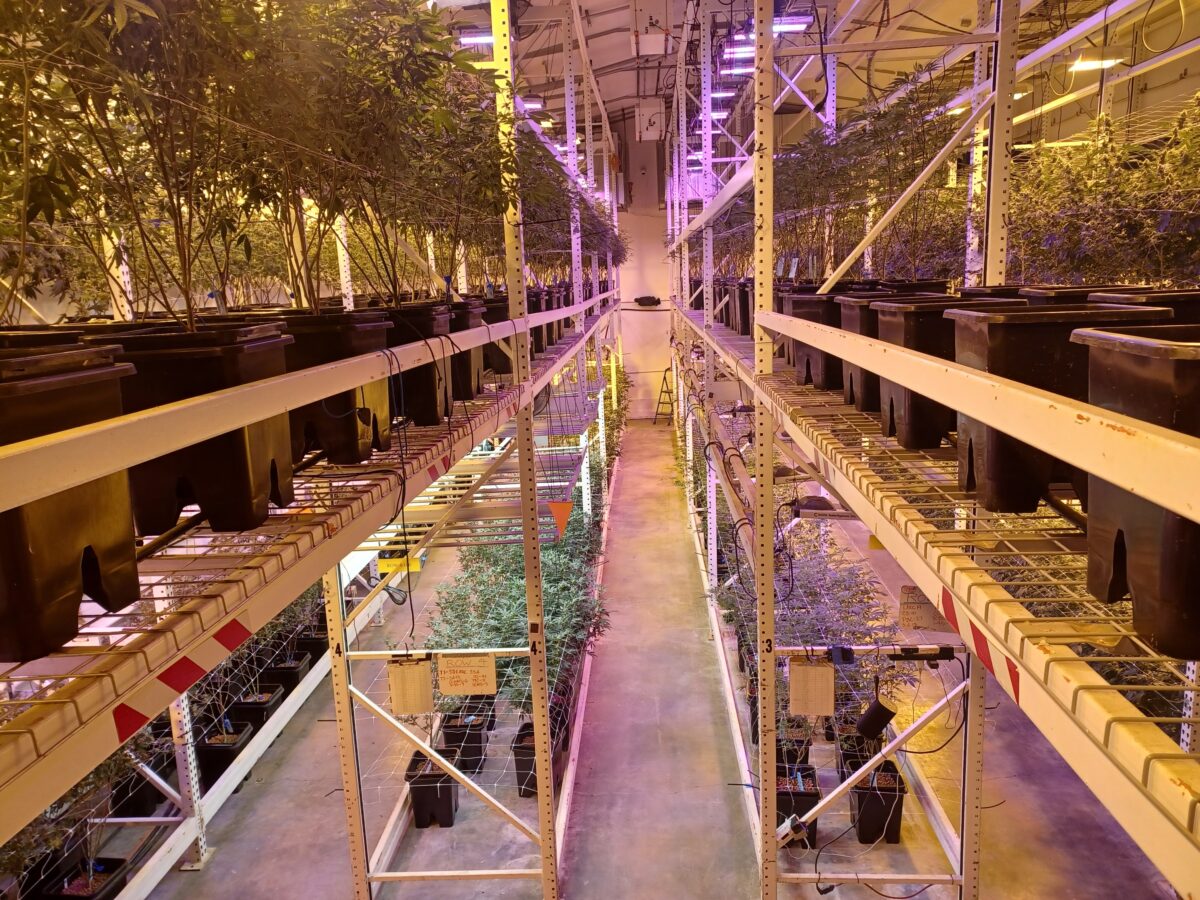Indoor cannabis growing operations use a staggering amount of electricity, requiring high-powered lighting, heating and cooling, ventilation, water pumping, and more.
Back in 2012, before cannabis growth was legalized, Lawrence Berkeley National Laboratory estimated that 1% of the electricity consumed in the United States was diverted to indoor cannabis growing operations.
Since then, nearly half the states half legalized marijuana. Industry researcher Brightfield Group estimates the industry had $31.8 billion in annual sales in 2023, and that figure is expected to grow to $50.7 billion by 2028.
Today, fossil fuels still represent about 60% of U.S. electricity generation, according to the Energy Information Administration (EIA). According to the Northwest Power and Conservation Council (NPCC) one pound of cannabis growth requires about 2,000 kWh to 3,000 kWh of electricity consumption. For context, the average U.S. home uses about 900 kWh of electricity per month, said EIA.
This adds up to an enormous amount of greenhouse gas emissions to produce cannabis. While the industry could cut emissions by moving more production outdoors, or using more passive growing conditions like greenhouses, the quality and quantity advantages of growing indoors leaves little incentives for investors in large growing operations to change their operations fundamentally.
This creates an opportunity for the solar industry to step in as a partner to cannabis growers, helping cut emissions, lower electricity costs, and create a marketing competitive advantage for climate-conscious marijuana users.
One grower and processor, Bright Green Corporation, seized this opportunity, investing in a 102 MW solar project to power its new $250 million expansion project in Albuquerque, New Mexico. Maxeon Solar Technologies is providing the solar panels for the project, while Baker Tilly is leading construction.
The cannabis facility currently burns natural gas and oil for electricity. The company will now install three 40 MW electric boilers and power them with the solar facility, which is expected to take about 30 months to construct. Bright Green Energy said the cost savings over the 30-year lifetime of the equipment is expected to save the company “hundreds of millions of dollars.”
“This source of energy will reduce and fix our substantial heat and electric costs annually. The future growth of this company is highly dependent on Innovation and long-term efficiency,” said Lynn Stockwell, Bright Green Corporation founder. “The uncertainty of the long-term costs and pricing predicated on supply and demand for the traditional fossil fuels for this type of mega factory compared to clean energy from the sun advances the company’s economics and ethos.”
This content is protected by copyright and may not be reused. If you want to cooperate with us and would like to reuse some of our content, please contact: editors@pv-magazine.com.









By submitting this form you agree to pv magazine using your data for the purposes of publishing your comment.
Your personal data will only be disclosed or otherwise transmitted to third parties for the purposes of spam filtering or if this is necessary for technical maintenance of the website. Any other transfer to third parties will not take place unless this is justified on the basis of applicable data protection regulations or if pv magazine is legally obliged to do so.
You may revoke this consent at any time with effect for the future, in which case your personal data will be deleted immediately. Otherwise, your data will be deleted if pv magazine has processed your request or the purpose of data storage is fulfilled.
Further information on data privacy can be found in our Data Protection Policy.